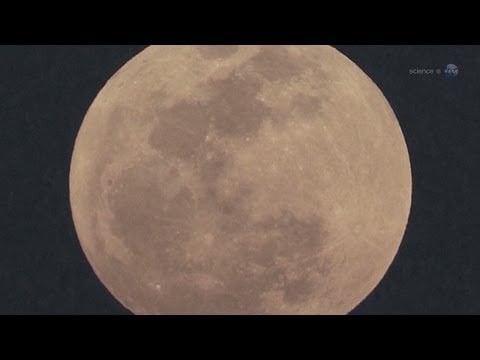2014 is a year apparently full of “Super Moons.” We already had two in January (the next time we will have 2 in one month is January 2018), and 3 more are expected this summer. July 12, August 10, and September 9 are each mapped out to host a Super Moon. A Super Moon occurs when a full moon is at “perigee,” or the closest it comes to the Earth during it’s orbit. But are they really that “super?”
Last year, Glen talked about how Super Moons tend to disappoint your average viewer of the night sky. Yes, the Moon will appear larger and brighter than your average full moon, but it’s easily overcome by several factors. Viewing the Moon when it’s high in the sky tends to make the differences in size less noticeable and clouds easily tone the brightness down.
If you catch the Moon when it is on the horizon or on a clear night, the differences in brightness and size are much more apparent and make viewing the Super Moon a lot more rewarding. The Super Moon also occurs on average between 4 and 6 times a year, so we’re actually having a fairly normal amount of super moons in 2014.
August’s Super Moon will hit perigee and be full within the same hour, so that’s your best bet for something really impressive.
- Disappointed By the “Super Moon?” Here’s Why: It Isn’t “Super”
- Things We Saw Today: The Super Moon
- People of Earth: The Super Moon Will Not Cause Mass Floods, Feel Free to Enjoy
Are you following The Mary Sue on Twitter, Facebook, Tumblr, Instagram, & Google +?









Published: Jul 10, 2014 01:04 pm